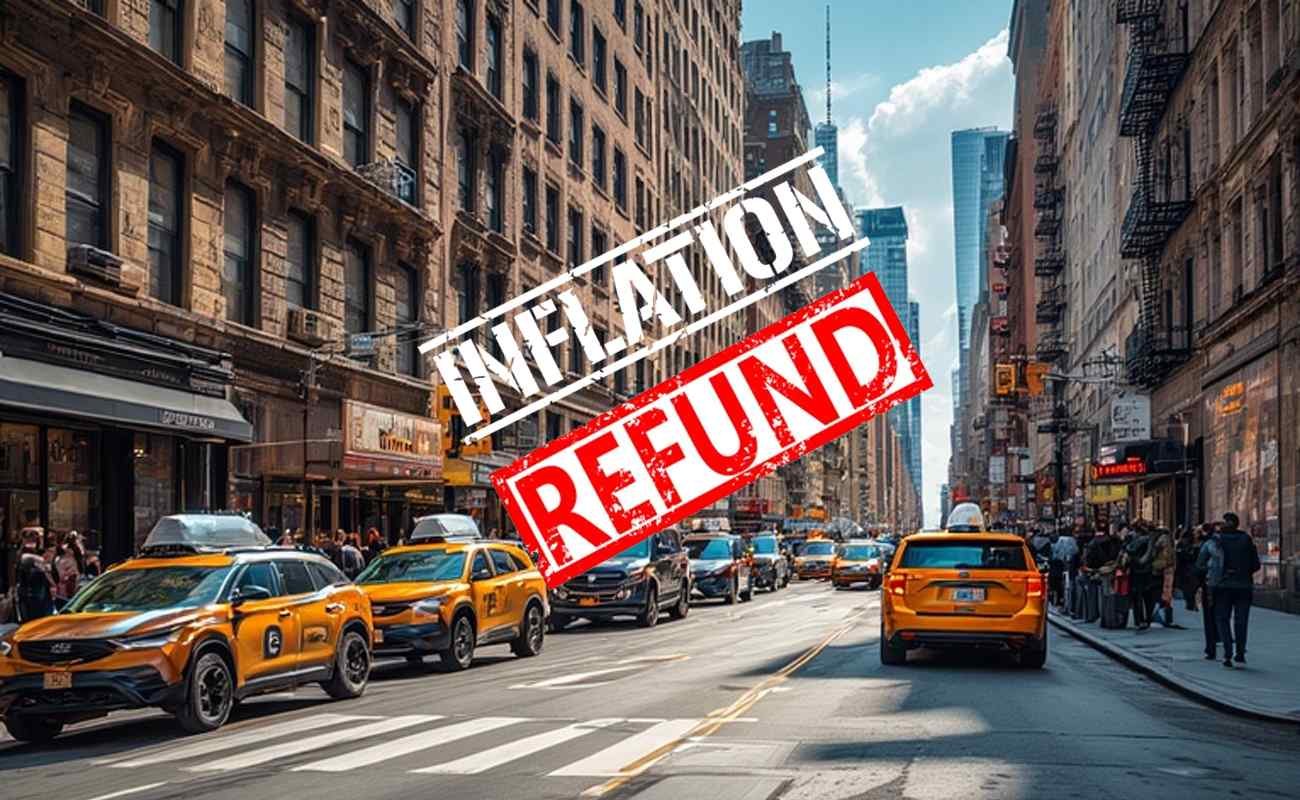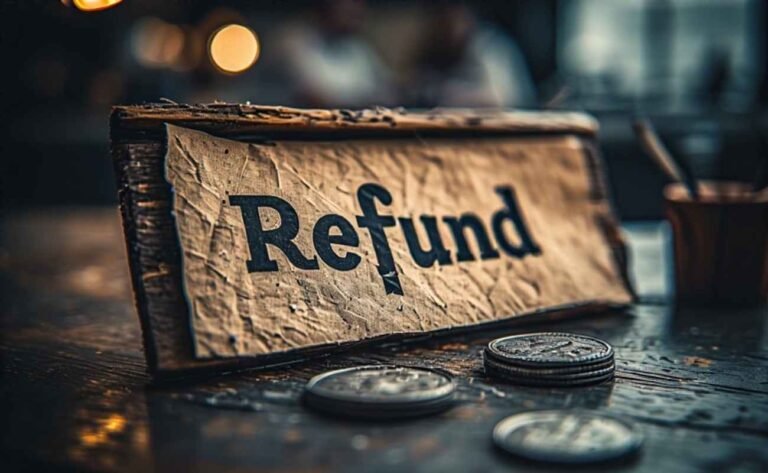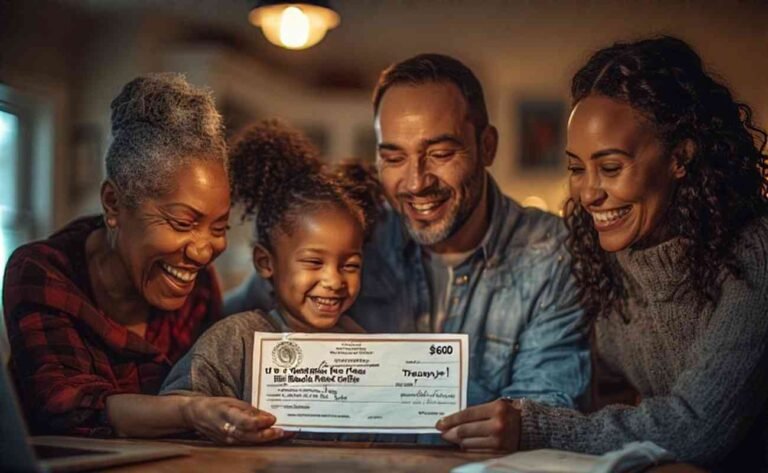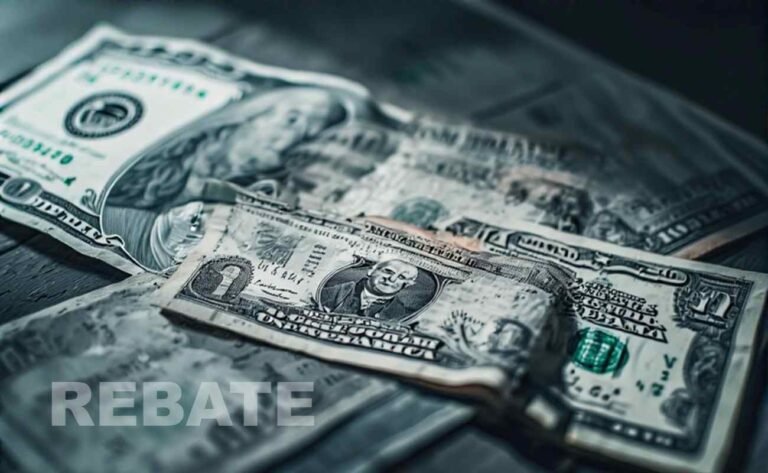New York’s $150-$400 Inflation Checks: Who Qualifies and When to Expect Them
New York State is rolling out inflation refund checks ranging from $150 to $400 to help residents cope with rising costs. These one-time payments, announced by Governor Kathy Hochul as part of the 2025-2026 budget, target middle-class households based on their 2023 tax returns. If you filed a New York State Resident Income Tax Return (Form IT-201) and your income falls within specific limits, you could automatically receive a check in the mail starting in October 2025. No application is needed, and the program covers about 8.2 million households statewide. Eligibility depends on your filing status and adjusted gross income, with singles earning up to $150,000 and joint filers up to $300,000 potentially qualifying for these rebate payments.
This initiative stems from increased state revenue due to inflation-boosted sales taxes, putting money back into New Yorkers’ pockets without raising taxes elsewhere. Checks will arrive through November 2025, and while delivery isn’t tied to your ZIP code, expect some variation in timing. If you’re wondering about your share, singles with income up to $75,000 get $200, while joint filers under $150,000 receive $400—details we’ll break down further. Keep reading to see if you qualify for this financial relief and what to watch for.
Understanding New York’s Inflation Refund Program
Let’s dive right in. These aren’t your typical stimulus checks from the federal government; they’re state-specific rebate payments designed to offset everyday expenses like groceries and utilities. Back in 2022, New York sent out similar relief during the height of post-pandemic inflation, and I remember how it helped a friend of mine cover unexpected car repairs. This time around, the focus is on 2023 tax data, making it straightforward for most filers.
The program aims to support working families and individuals hit hardest by price hikes. Governor Hochul highlighted it as a way to return surplus funds directly to residents. Moreover, it ties into broader budget wins, like expanded child tax credits. But enough background—let’s get to the specifics.
Eligibility Criteria for New York Inflation Relief Payments
Qualifying for these rebate checks is pretty cut and dry, but you need to meet a few key requirements. First off, you must have filed your 2023 New York State income tax return using Form IT-201. If you didn’t file or used a different form, you’re out of luck. Also, you can’t be claimed as a dependent on someone else’s return—that’s a common snag for young adults still tied to their parents’ taxes.
Here’s a detailed list of eligibility factors:
- Tax Filing Requirement: You filed Form IT-201 for the 2023 tax year. This is the resident income tax return, so non-residents or those using non-resident forms don’t qualify.
- Income Thresholds: Your New York adjusted gross income (AGI) must be within the limits for your filing status. We’ll cover the exact brackets in the next section.
- Dependency Status: You weren’t listed as a dependent on another taxpayer’s federal or state return for 2023.
- Residency: You must have been a New York resident for the entire 2023 tax year. Part-year residents might not make the cut unless they meet specific rules.
- No Age Limits: Unlike some senior-focused programs, there’s no minimum or maximum age—anyone from recent grads to retirees can qualify if other criteria fit.
- Automatic Qualification: No separate application or sign-up needed. The state uses your tax data to determine eligibility.
- Exclusions: If you owe back taxes, child support, or other debts, the check might be offset, but that’s handled case by case.
- Special Cases: For those who amended their 2023 return after initial filing, the state will use the most recent version, so double-check your updates.
If any of this sounds off for your situation, head over to the official announcement from Governor Hochul’s office for the full scoop. It’s a reliable source straight from the state.
Payment Amounts: How Much Can You Expect from the Rebate Checks?
The amount you get hinges on your filing status and AGI. It’s not a flat rate, which makes sense to target lower-income folks more. Singles top out at $200, while joint filers can hit $400. Think of it as a sliding scale to ensure fairness.
Here’s a clear table breaking it down:
| Filing Status | Income Range (New York AGI) | Payment Amount |
|---|---|---|
| Single or Head of Household | Up to $75,000 | $200 |
| Single or Head of Household | $75,001 to $150,000 | $150 |
| Married Filing Jointly | Up to $150,000 | $400 |
| Married Filing Jointly | $150,001 to $300,000 | $300 |
Note: If your income exceeds these caps, you won’t receive anything. For example, a single filer earning $160,000 misses out entirely. On the flip side, if you’re right at the edge, like a couple with $149,999 AGI, you snag the full $400. These figures are based on your 2023 return, so if your income jumped in 2024, it won’t affect this payout.
Timeline: When Will New York Mail the Inflation Refund Checks?
Timing is everything, right? The state plans to start mailing checks in mid-October 2025, wrapping up by the end of November. It’s not like Social Security payments with fixed dates—expect a rolling distribution. That means your neighbor might get theirs before you, even if you’re in the same town.
To give you a better idea, here’s a step-by-step timeline:
- Announcement and Preparation (May-July 2025): Governor Hochul revealed the program in May, and the Department of Taxation and Finance started processing data from 2023 returns.
- Mailing Begins (Mid-October 2025): First batches go out around October 15. Priority isn’t by region or income, so it’s somewhat random.
- Peak Delivery Period (Late October to Mid-November 2025): Most checks arrive during this window. If you’re in a rural area, add a few days for mail transit.
- Final Mailings (Late November 2025): Any stragglers or those with address issues get sorted by Thanksgiving.
- What If It Doesn’t Arrive? (December 2025 Onward): Contact the tax department if nothing shows by year-end. They’ll verify your eligibility and reissue if needed.
Pro tip: Update your address with the state if you’ve moved since filing your 2023 taxes. Lost checks can be a hassle, but they’re replaceable.
Regional Breakdown: How Many New Yorkers Qualify by Area?
New York is diverse, from bustling NYC to upstate farms, and the program reflects that with widespread coverage. About 8.2 million households qualify, but the numbers vary by region. This helps show the scale—urban areas get more due to population density.
Check out this table for the regional distribution:
| Region | Number of Eligible Households | Estimated Total Payout (Millions) |
|---|---|---|
| New York City | 3.53 million | $1,200 (approx.) |
| Long Island | 1.25 million | $450 |
| Mid-Hudson | 924,000 | $300 |
| Western New York | 585,000 | $200 |
| Finger Lakes | 513,000 | $175 |
| Capital Region | 475,000 | $160 |
| Central New York | 321,000 | $110 |
| Southern Tier | 251,000 | $85 |
| Mohawk Valley | 198,000 | $65 |
| North Country | 156,000 | $50 |
These estimates assume average payments around $300-350 per household. If you’re in NYC, you’re part of the biggest group, but don’t worry— the state has budgeted plenty to cover everyone.
Steps to Verify Your Eligibility for the Rebate Payments
Wondering if you’re on the list? It’s easier than you think. Since it’s automatic, you don’t have to do much, but verifying now saves stress later. I once skipped checking my tax status and missed a small refund—lesson learned.
Follow these numbered steps:
- Review Your 2023 Tax Return: Pull up your Form IT-201. Check your filing status and AGI on line 37 (that’s the New York AGI).
- Compare to Thresholds: Match your details against the payment table above. If you’re over the limit, no check for you.
- Check for Dependencies: Ensure no one claimed you. If you’re a parent, confirm your kids aren’t affecting your status incorrectly.
- Log Into Your Tax Account: Visit the New York State Tax Department’s website at tax.ny.gov and use the online portal to view your account. Look for any notes on refunds or rebates.
- Contact Support If Needed: Call the helpline at (518) 457-5181 for general inquiries. Have your Social Security number ready.
- Watch Your Mail: Starting October, keep an eye out. The check will come in an official envelope from the state.
- Handle Offsets: If you have debts, the check might be reduced. Check your account for any liens.
By taking these steps, you’ll know exactly where you stand.
Common FAQs About New York’s Financial Relief Checks
Questions are pouring in about this program—totally understandable. Here’s a list of the most frequent ones, answered plainly.
- Do I need to apply for the inflation refund? No, it’s automatic based on your 2023 tax return.
- What if I didn’t file taxes in 2023? You won’t qualify. File late if possible, but it might be too late for this round.
- Are these payments taxable? Good news—they’re not considered income for federal or state taxes, so no extra bill next year.
- Can non-citizens get the check? Yes, if you filed IT-201 and meet other criteria, regardless of citizenship.
- What about deceased individuals? If they qualified based on 2023 data, the estate might receive it—contact the tax department.
- How does this differ from federal stimulus? This is state-funded, not tied to IRS programs. For more on national options, check our guide on fourth stimulus check 2025.
- Will it affect my benefits like SNAP or Medicaid? Nope, it’s excluded from income calculations for most programs.
- What if my check is lost or stolen? Report it immediately to the state for a replacement.
- Are there similar programs in other states? Yes, places like California and Pennsylvania have their own rebates—worth comparing if you have ties elsewhere.
- Can I get it via direct deposit? Unfortunately, no; all are mailed paper checks this time.
If your question isn’t here, the state’s FAQ page is a goldmine.
Potential Impacts and What to Do with Your Payment
Getting $150 to $400 might not change your life, but it can ease the pinch. Many folks plan to use it for bills or savings. Personally, if I were eligible, I’d sock it away for holiday expenses—smart move in this economy.
Consider these uses in a list:
- Pay Down Debt: Tackle high-interest credit cards first.
- Build Emergency Fund: Aim for 3-6 months of expenses.
- Invest in Essentials: Stock up on non-perishables or home repairs.
- Support Local Economy: Spend at small businesses to keep the cycle going.
- Charity: Donate a portion if you’re able.
- Education or Skills: Use for online courses to boost your career.
- Family Needs: Cover school supplies or activities for kids.
On the flip side, watch for scams—fake calls claiming you need to “verify” info. The state won’t ask for payments or sensitive data over the phone.
Related Financial Aid Options in New York
This rebate is great, but it’s not the only help out there. New York offers other supports, like the expanded Empire State Child Credit. If you’re looking for more, explore programs tied to inflation relief.
For instance:
- Child and Dependent Care Credit: Up to $1,000 per child—stacks nicely with this check.
- Property Tax Relief: STAR program for homeowners.
- Energy Assistance: HEAP for heating bills in winter.
- Food Aid: SNAP benefits, with recent updates on eligibility. Learn about SNAP income limits if you’re on the edge.
- Senior Programs: Enhanced STAR for those 65+.
Combining these can make a real difference.
Historical Context: Past Rebates and Lessons Learned
New York has done this before. In 2022, similar checks went out amid COVID recovery, helping millions. Back then, amounts were $250-$350, and timing was spot on. This round builds on that success, with better funding from sales tax windfalls.
Key lessons:
- File On Time: Late filers missed out last time.
- Update Info: Address changes caused delays.
- Budget Wisely: Treat it as a bonus, not expected income.
- Stay Informed: Follow state updates to avoid misinformation.
Comparing to now, the 2025 version reaches more people due to broader income caps.
Final Tips for Maximizing Your Rebate Experience
To wrap up, stay proactive. Mark your calendar for October and check your tax status soon. If you’re borderline on income, review deductions you might have missed.
Additional tips in bullet form:
- Monitor Your Mailbox: Don’t toss official-looking mail.
- Secure Your Check: Endorse and deposit quickly.
- Track Spending: Use apps to see how far it goes.
- Share Experiences: Talk to friends—community insights help.
- Plan for Taxes: Though not taxable, it might influence future planning.
- Seek Advice: Free tax clinics can clarify doubts.
This program shows New York’s commitment to residents—fingers crossed it helps you out.







